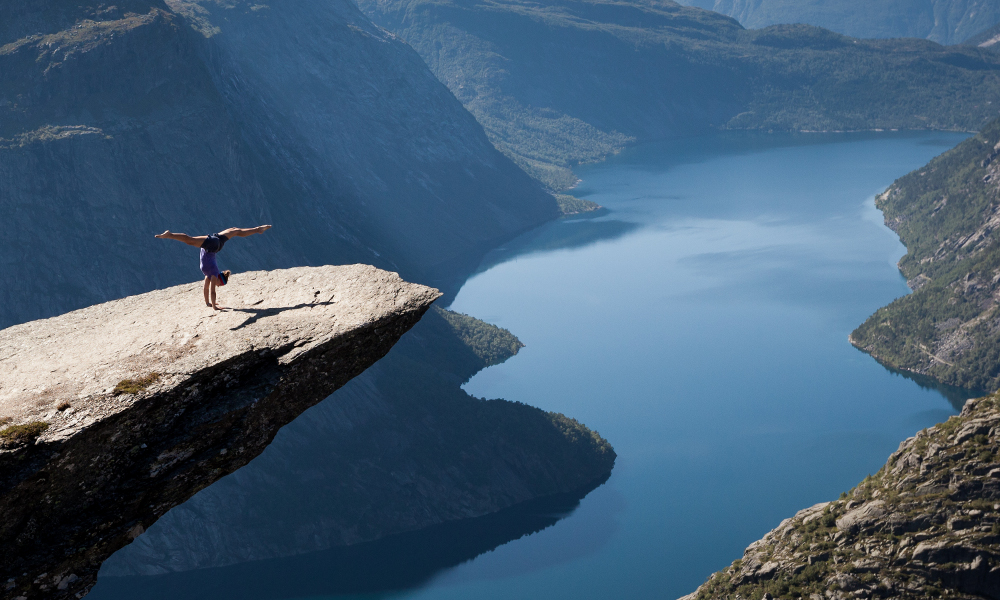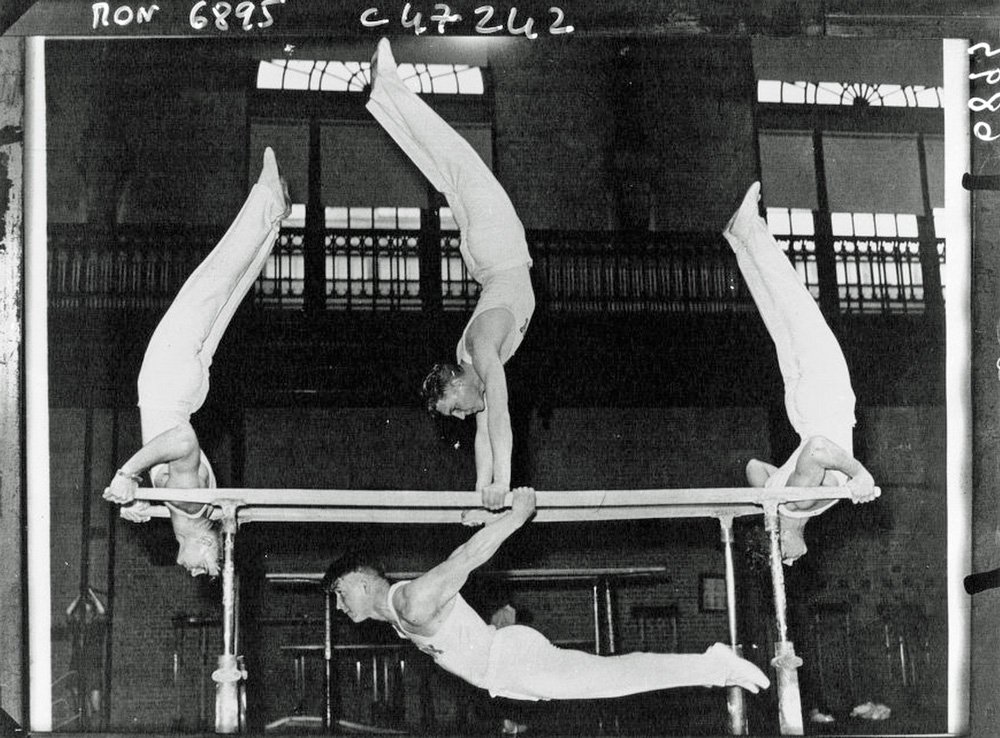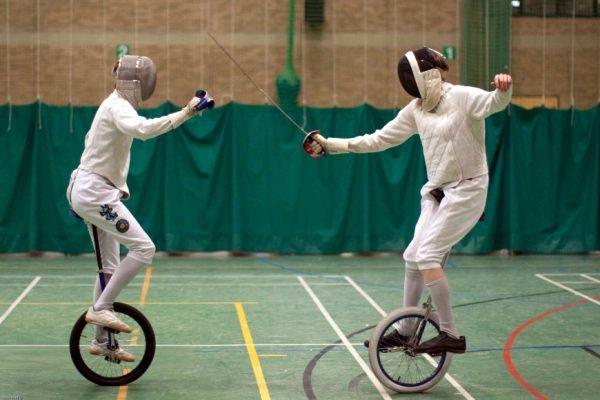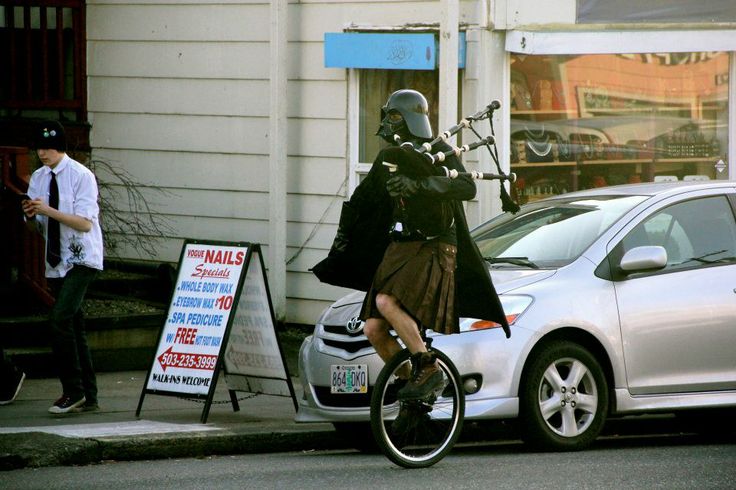
My year of rapid skill acquisition taught me more than just 12 nine individual skills—it taught me about motivation, psychology, and principles of skill acquisition.
First and foremost, I now see that the emphasis should have been first on practicing for 20 hours, and only secondarily on learning 12 skills in a year. I had the emphasis reversed, and as a result only achieved the desired skill level on a few skills. The system worked for the first couple months, while motivation was high, but as my drive lessened, so did my success. Part of what drained me of motivation was the constant unceasing onslaught of learning a skill. I would likely have had much more success if I would have only learned a skill every other month, with a month-long break in-between each. Rest is vital to work.
At the onset of this grand experiment I had decided to blog about my progress, as a form of accountability, to keep me on the path I had set before me. Here, however, irony reared it’s funny head: Rather than helping me along, the task of having to write actually held me back. Semi-unconsciously, I often wouldn’t begin practicing a new skill until I had written a post outlining my plan for that month, which I of course wouldn’t write until I had written a post detailing how the previous month had gone. As a result, I frequently did only a very minimal amount of practice in the first week-or-so of the month, cutting my total practice down by a significant amount. Had I not blogged about my journey, it’s not unlikely that I would have gone significantly further, and perhaps even gone on to finish the final three skills.
Here I must break up this monotonous negativity, and say that not everything I learned was of a negative nature or what I shouldn’t have done. I learned one very significant fact: 20 hours is enough to give you a sufficient level of skill to make you feel comfortable & confident indulging in that activity, and give you the ability to truly enjoy what you’re doing.
Perhaps the greatest advantage of aiming for 20 hours is that it is a very specific and very attainable goal: one that is not so daunting that you won’t begin (let alone finish), and yet still significant enough to make a real change in your ability. Being able to say “I have met my goal, and don’t wish to continue, so I shall stop,” is much much better than having a much loftier goal and giving up on it. That feeling of completion & finality is a much better way to end.
Advice for others who may wish to follow in my footsteps:
- Focus on 20 hours. Don’t worry about how many weeks or months that takes, or how many skills you are to learn.
- Prevent burnout. If you’re planning to learn several skills, take a good long rest in between each.
- Remove barriers to practice. If writing about your progress will hold you back, don’t write about it.
Conclusion of the Conclusion to an experiment in Rapid Skill Acquisition:
Despite fairly paltry practice times for some of my skills, I still feel that the experiment was a success.
- January’s skill (Piano by Ear) was the most marvelous, and the first step to an amazing pathway (if I ever continue down it).
- February’s Ukulele was certainly very fun, and I now play quite satisfactorily for my needs.
- The Palmer Handwriting I began in March has continued to be used & improved through the months, which I am quite glad of.
- April’s Tap Dancing wasn’t especially practical (and wasn’t intended to be), but even that worked out very well.
- May & Unicycling was the beginning of dwindling practice time, but even with just 5 hours of practice I mostly achieved my target skill level.
- Gymnastics, Sight Singing, and Piano Sight Reading didn’t go very well at all (except for some small progress with the first) because of very limited practice, but…
- The French of July mostly stuck with me. With just a little review on Duolingo in the past few weeks I was able to regain everything I had learned before, and continue onward towards French fluency. I plan to continue steady practice throughout the new year, in preparation for watching The Little Prince in French, after it’s released in October.
With this I conclude the conclusion to the conclusion of my quest in rapid skill acquisition. Goodbye, and good luck.







